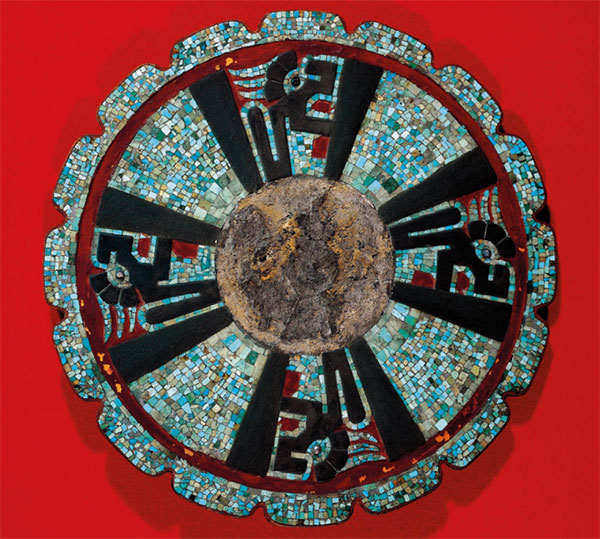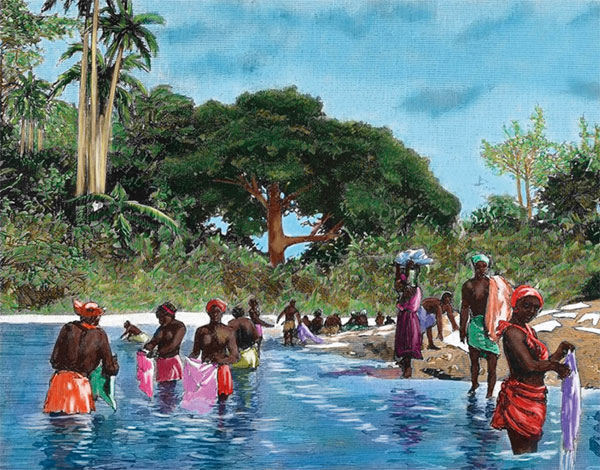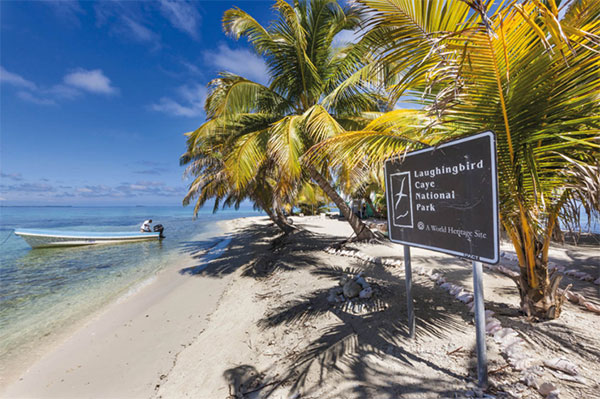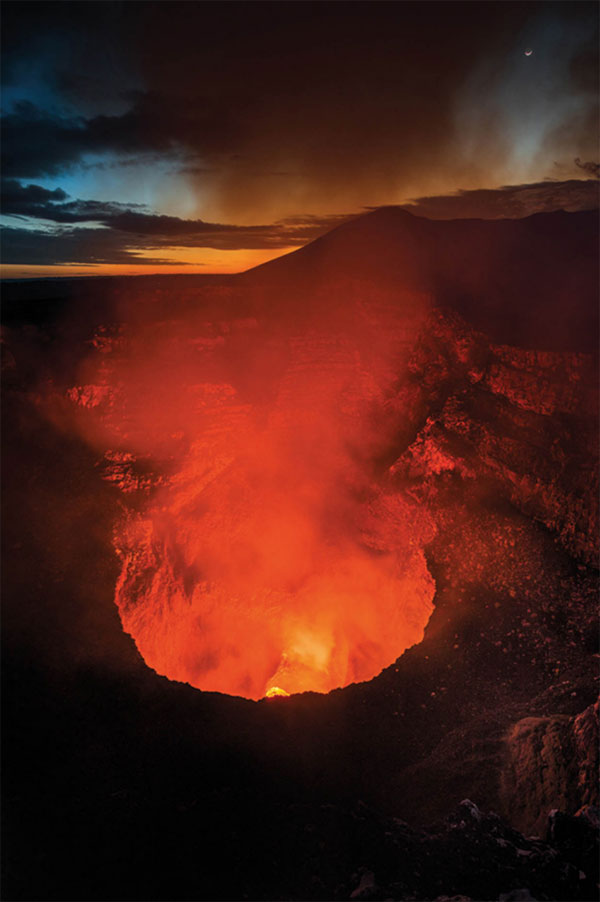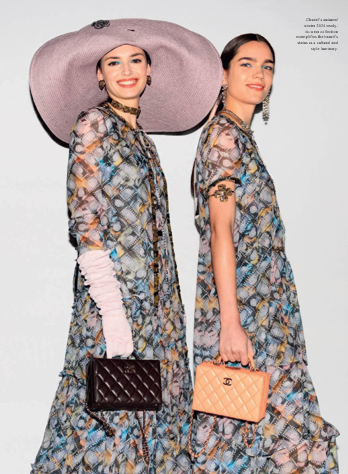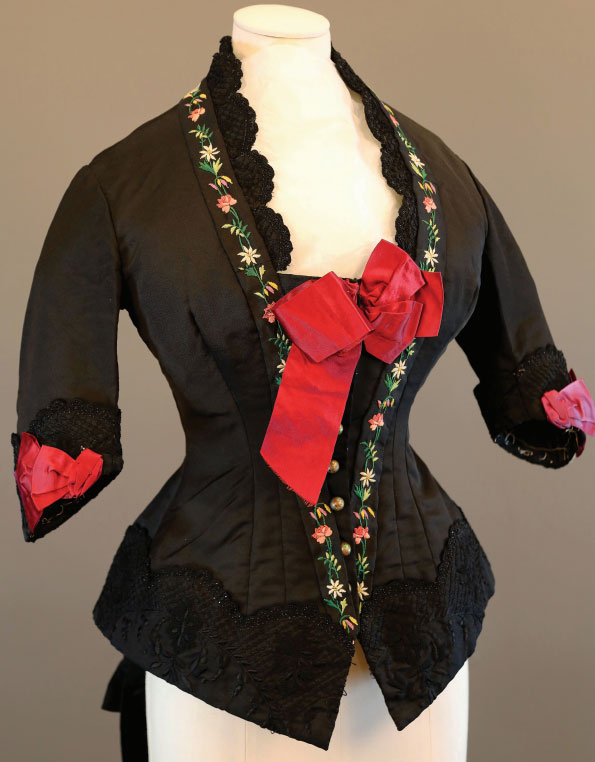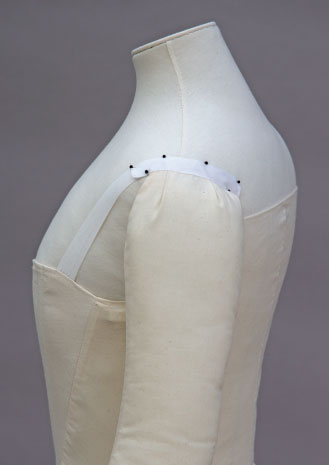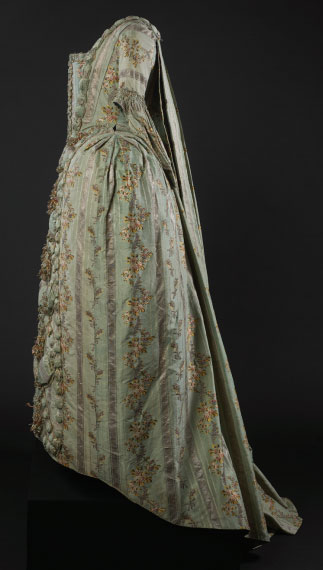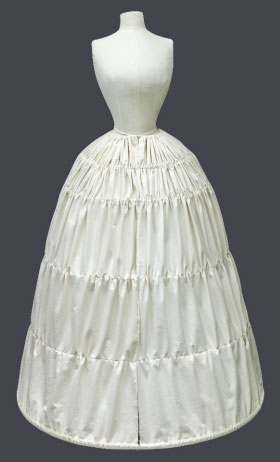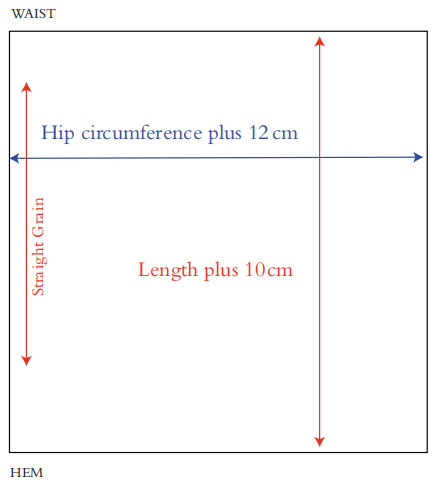EARLY HISTORY More than 12,000 years of history has riddled the Central American isthmus with mysteries that are only just being solved. Human settlement of Central America dates back thousands of years. Hunter-gatherers are first thought to have arrived in the region around 10,000 BC, and spears and tools dating from 9000 BC have been…
Category: Life and LifeStyle
All posts are about lifes.
Decisive dates – Central America Travel Guide
Decisive dates An engraving of washerwomen on the river Chagres at Matachin, Panama, from 1879. The pre-Hispanic era c.10,000 BC Earliest animal remains: mammoth bones found at Loltún in Yucatán. c.6000–2000 BC Early settlers farm maize and beans, make pottery, and probably speak a Proto-Maya language. c.2000 BC First evidence of fixed Maya settlements at…
Biodiversity – A Region Of Fire And Forest – Central America Travel Guide
Volcanoes With more than 100 large volcanoes, Central America is one of the most active volcanic zones in the western hemisphere. The Sierra Madre in the southern Mexican state of Chiapas marks the beginning of a long volcanic chain that stretches down along the Pacific coast. Forming the backbone of the Central American isthmus, this…
A Region Of Fire And Forest – Central America Travel Guide
A REGION OF FIRE AND FOREST From lush rainforests to coffee plantations, smoking volcanoes and tropical beaches, Central America is a place you won’t forget in a hurry. When American explorer John Lloyd Stephens was traveling through Central America in 1840, he couldn’t believe his eyes when he stumbled upon Copán in Honduras. He thought…
Chanel’s Autumn/Winter 2024 Collection – Coastal Reverie
Chanel’s autumn/winter 2024 collection is a dreamlike escape to Deauville, where past and present intertwine. A haven of fresh coastal air and unbridled inspiration, it was here that Gabrielle Chanel first challenged the rigid conventions of fashion, pioneering a new era in the industry. Her visionary spirit, ignited by the Deauville lifestyle, birthed a legacy…
Conclusion – Interpret and Display Historic Dress
Conclusion When creating a display support for any garment, never forget that the garment was originally designed and made for a human body. Underwear may have changed the natural proportions of the figure but garments, however old, were worn by real people. People who walked down the street, danced and generally went about their daily…
Sleeve supports: Arms – Petticoats, Arms and Finishing Touches – Interpret and Display Historic Dress
Sleeve supports: Arms When using a bust form arms will be needed to support the garment sleeves. A simple two-piece pattern can be used to create a basic arm shape representing an arm in a relaxed natural position. The pattern is an adaptation from a tailored jacket sleeve. It can be easily adjusted to different…
Stitching – Petticoats, Arms And Finishing Touches – Interpret And Display Historic Dress
STITCHING 1. Zigzag stitch the cut edges along the top and at either end of the length of calico to secure the edges and prevent them from fraying. 2. Turn up 3-centimetre hem along the selvedge and machine stitch a 2-centimetre channel for the steel at the bottom of the petticoat. On the inside of…
Net petticoats – Petticoats, Arms and Finishing Touches – Interpret and Display Historic Dress
Net petticoats Stitching the gathered net to a narrow cotton tape waistband is a good way to control the gathers at the top around the mannequin waist (see figures 8.9 and 8.10). Use a wide zigzag machine stitch over the gathering to attach it to the tape. Leave an extra 2 centimetres of tape at…
Straight base petticoat method – Petticoats, Arms and Finishing Touches – Interpret and Display Historic Dress
Straight base petticoat method Cut a 1.75-metre length of 1–1.5 centimetre-wide cotton tape and thread it through the waist channel. Pull it tightly to fit the waist of the bust form. Decide on the hem circumference of the petticoat and cut two lengths of cotton-covered petticoat steel the finished circumference plus 15 centimetres. Insert the…
